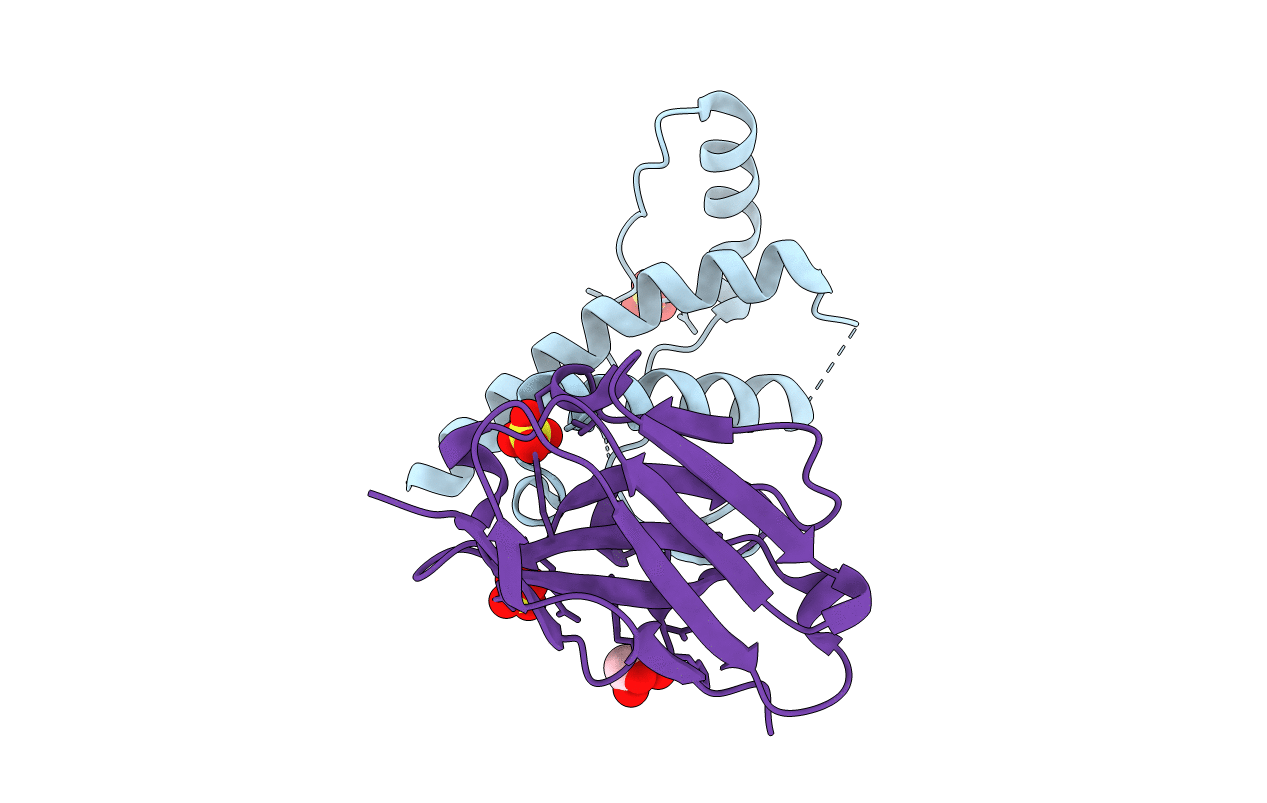
Deposition Date
2018-08-20
Release Date
2019-12-04
Last Version Date
2024-10-16
Entry Detail
Biological Source:
Source Organism:
Mus musculus (Taxon ID: 10090)
Camelus dromedarius (Taxon ID: 9838)
Camelus dromedarius (Taxon ID: 9838)
Host Organism:
Method Details:
Experimental Method:
Resolution:
1.20 Å
R-Value Free:
0.19
R-Value Work:
0.16
R-Value Observed:
0.16
Space Group:
P 21 21 21


